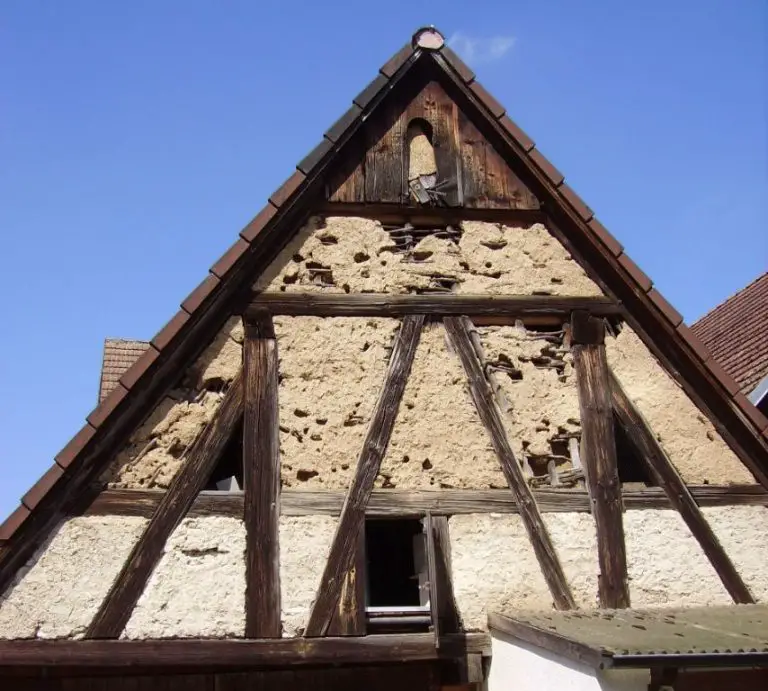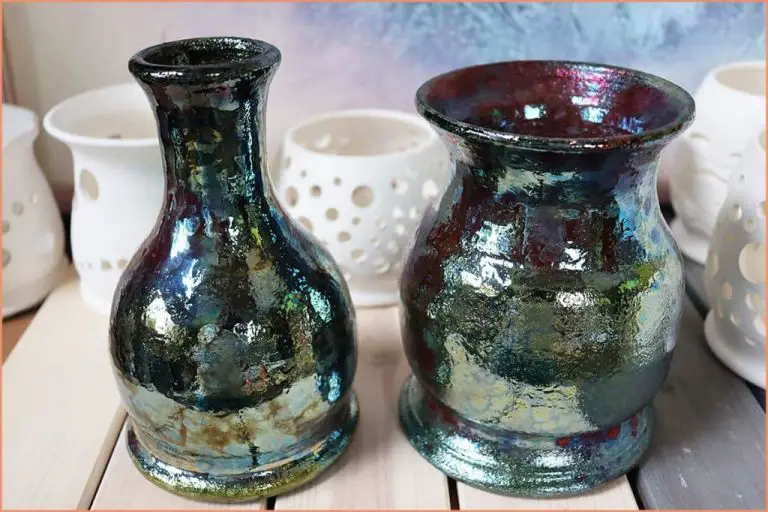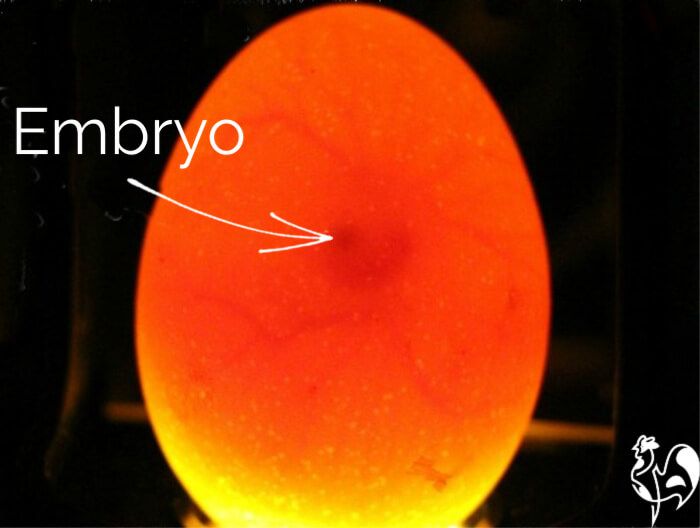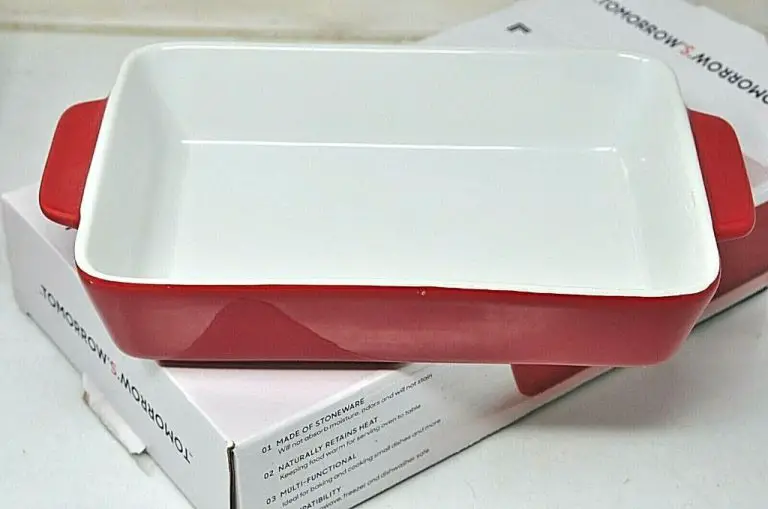How Do You Make Lime Green Clay?
Clay is an earthy material made up of fine-grained minerals that can be molded when wet and retains its shape when dried or fired. Colored clay allows for creativity in crafting and art projects. The purpose of this tutorial is to show you how to make your own lime green clay at home with just a few ingredients and simple steps.
Gather Materials
To make lime green clay, you’ll need to gather the following ingredients and tools:
-
White or plain clay base – Polymer clay or air dry clay both work well. You’ll need about 1 pound.
-
Green acrylic paint – Look for a lime or neon green shade. You’ll need a couple tablespoons.
-
Yellow acrylic paint – A bright lemon yellow works best. You’ll need about 1 tablespoon.
-
Toothpicks or acrylic paintbrushes
-
Mixing stick or spoon
-
A work surface like wax paper or a ceramic tile
-
An apron or clothes you don’t mind getting messy
Make the Clay Base
Air-dry clay is an easy to make modeling clay that dries into a hard solid through exposure to air, without requiring baking. The basic ingredients include flour, salt, and water. Here’s how to make the clay base for lime green clay:
Combine 1 cup of flour, 1/2 cup of salt, and 1 cup of warm water in a mixing bowl. The warm water helps the ingredients bind together. Slowly mix the ingredients until a dough-like ball of clay forms. If the clay is sticky, gradually mix in more flour. If it’s crumbly, mix in drops of water. The texture should be smooth, pliable, and not sticky. Knead the clay for 5-10 minutes to help the ingredients fully incorporate. If properly made, the clay should form into a soft, smooth ball that holds its shape when molded by hand. This completes the basic clay base, which is now ready for coloring.
Add Color
Before adding color, make sure you have started with white or natural clay. The base color will significantly impact your ability to get a true lime green tone in the final product.
To achieve a lime green clay, you will want to add acrylic paint in a green hue. The amount of paint to add will depend on the specific brand and shade of green paint used. Start with 2-3 drops of green paint per 1 pound of clay. Mix the paint into the clay thoroughly until the color is dispersed evenly.
Continue adding more green paint in small amounts, such as 1-2 drops at a time, mixing thoroughly after each addition. Keep adding paint until you achieve the brightness and intensity of lime green you desire. Typically 4-8 drops of paint per pound of clay is needed for a vivid lime green color.
Test a small pinch of clay on a white surface after mixing in more paint to check the color accuracy before adding more. Too much green paint can start to make the clay too thin or sticky. Finding the right balance takes some trial and error.
Achieve Lime Green
The key to achieving a vibrant lime green colored clay is carefully adjusting the amount of green paint you mix in. Start with just a few drops of green acrylic paint or food coloring. Knead it thoroughly into the clay. Add more paint in small amounts until you reach the desired lime green shade.
Finding the right hue can take some trial and error. Lime green has a bright, almost neon-like quality. Adding too much green paint quickly makes the color dull and dark. Go slowly, mixing in more paint just a drop or two at a time. Test the color after each addition by making a small lime sized ball. This allows you to compare the color and ensure the green remains light and lively.
Get the paint fully incorporated so there are no streaks. Kneading stretches out the color for an even consistent lime green. The amount of paint needed can vary based on the clay amount and the intensity of the green paint used. Taking it slowly makes it easier to achieve the perfect lime green.
Knead the Clay
Once you’ve mixed the coloring into the clay, you’ll want to knead it thoroughly. Kneading helps distribute the color evenly and removes any air bubbles that may have formed during mixing. When kneading clay, use firm but gentle pressure and fold the clay over itself repeatedly.
Knead for 5-10 minutes. If the clay still seems stiff, continue kneading for a few more minutes until the clay is smooth and pliable. Proper kneading takes some elbow grease, but don’t overwork the clay. Over-kneading can cause the clay to become too warm and soft.
As you knead, you’ll notice the clay becomes more uniform in color. Stop kneading when the color looks evenly distributed. The clay is now ready for shaping and sculpting. Allow ample kneading time for an even lime green color throughout your clay project.
Shape the Clay
Once your lime green clay is properly kneaded, it’s time to shape it into your desired sculpture or figurine. There are many sculpting techniques you can use depending on your vision. Here are some of the most common sculpting methods:
Pinching
Pinching is likely the easiest sculpting technique. Simply pinch the clay between your fingers and thumb to form shapes. Pinching works well for making small details or textures.
Coiling
Coiling involves rolling clay into long coils or snakes, then winding and smoothing the coils together to build up a form. Coiling is great for making pots, bowls, vases, and other rounded shapes.
Slab Building
With slab building, you roll out flat, even sheets of clay and cut and attach them to construct objects. Slab building allows you to make geometric shapes and detailed surface textures.
Modeling
For modeling, roll clay into a ball or egg shape to sculpt figures and shapes using your hands and fingers. Modeling gives you flexibility to create organic, curved forms.
In terms of tools, there are many clay sculpting tools that can help including loop tools, ribbon tools, cutting wires, carving knives, and modeling tools. Water can also help smooth and blend clay surfaces. Get creative shaping your lime green clay into something unique!
Let Air Dry
After shaping your lime green clay, it’s time to let it air dry. Find a clean, dry spot like a table or countertop to place your clay sculptures on. Make sure the area is free of dust and debris which could stick to the soft clay.
Air drying clay takes time. Expect lime green clay pieces to take 24-48 hours to fully dry. Drying times can vary based on the size and thickness of your sculptures, as well as the humidity and temperature of your drying area.
While waiting for your lime green clay to dry, take care not to disturb the pieces. Store clay creations in an area safe from pets, small children, or anything else that could bump or mar the drying clay. Covering the workspace with a sheet or lightweight cloth can help protect sculptures.
Check clay periodically as it dries. Look for cracks that may occur as water evaporates from the clay. If needed, smooth cracks gently with your fingers to repair. Lime green clay will lighten slightly in color as it dries.
When your clay is hard and dry to the touch, the drying period is complete. Your lime green clay is ready for baking or displaying as is.
Bake (Optional)
Baking is an optional step for hardening lime green clay that provides a more durable result. While air drying will harden the clay over time, baking it in an oven produces a ceramic-like finish that is water-resistant and can better withstand play and handling.
When baking lime green clay, it’s recommended to use a low baking temperature, around 225°F to 275°F. Higher temperatures can cause the clay to crack or become brittle. Bake for 15-20 minutes per 1/4 inch thickness of the clay.
To test if the clay is fully baked, insert a toothpick into the thickest area. If it comes out clean, the clay is finished baking. If not, return to the oven for 5-10 more minutes.
Once baked, allow the lime green clay to cool completely before handling. The baking process hardens the clay fully, providing a strong, finished result that will hold its shape and last for years.
Finished Lime Green Clay
Once you’ve completed the kneading and shaping process, you should be left with a vibrant lime green colored clay that is smooth, pliable, and ready to use. The possibilities are endless when it comes to what you can create with your homemade lime green clay.
Colored clays like this are popular for a wide variety of arts and crafts. You can hand-build clay sculptures, make decorative beads, form clay figurines, create tableware like cups or bowls, and more. The lime green color is fun, bright, and youthful. It’s perfect for making jewelry, game pieces, cake toppers, ornaments, plant pots, and any other decorative clay item you can dream up.
Air dried lime green clay is lightweight and easy to work with, but remains fragile. For more durable results, you can bake your finished clay creations in the oven according to package instructions. This will harden them into ceramic. Finished clay items can also be painted with acrylics and sealed for extra protection.
However you choose to use it, homemade lime green clay offers an affordable way to create fun DIY crafts, gifts, home decor items and more. The bright color and versatility of the clay allows you to shape it into any creation you can imagine.





